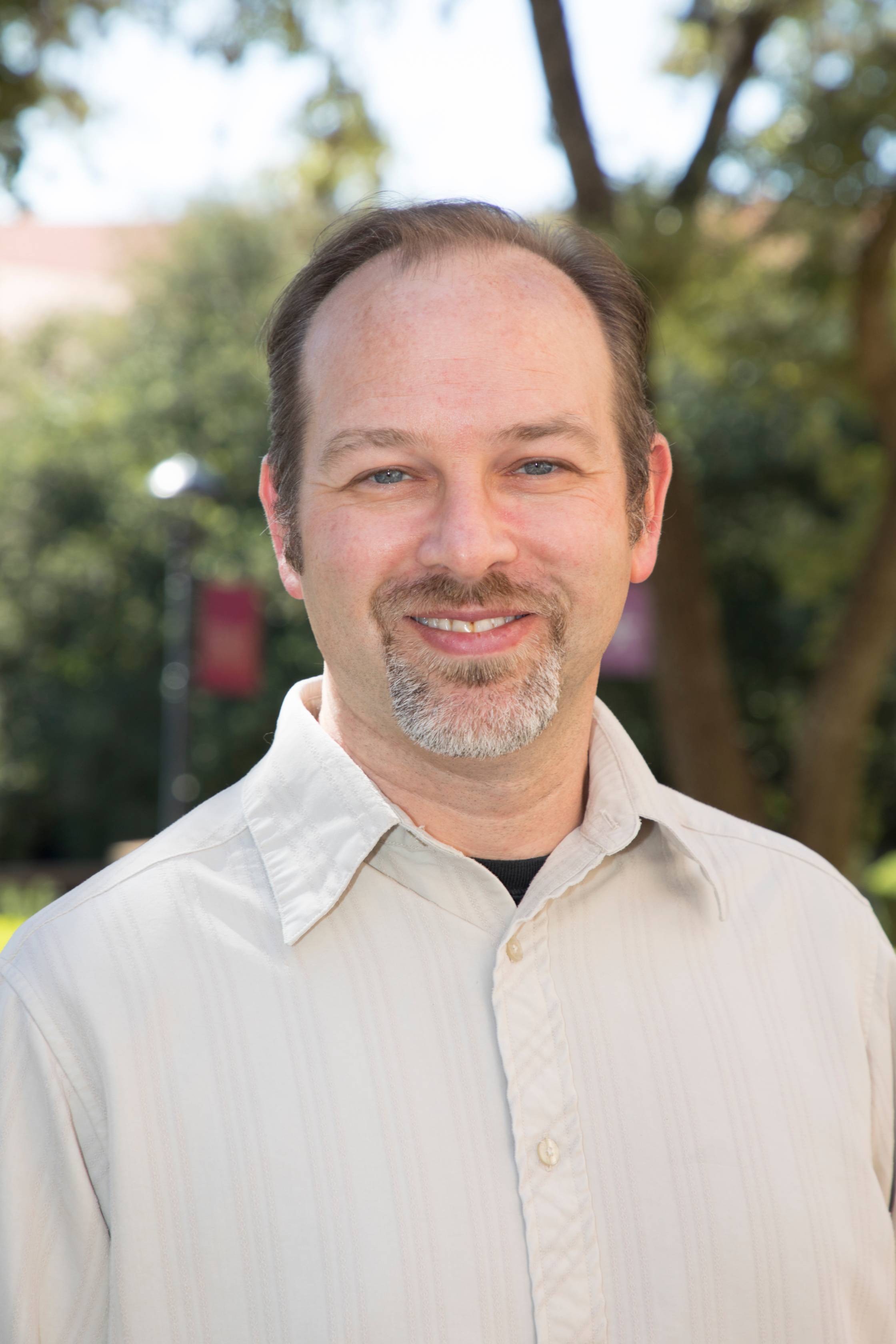Dr. Ben Martin
Associate Professor
|
Contact Information Office: CHEM 311 Phone: (512) 245-6077 Fax: (512) 245-2374 email: bm21@txstate.edu |
Educational Background
|
Honors and Awards
|
|
Areas of InterestSolid State Inorganic Chemistry |
Research in the Martin Group
The synthesis of inorganic crystalline compounds is as much an art as it is a science. These reactions are typically driven through the use of high temperatures in order to mobilize atoms or ions, resulting in thermodynamically stable phases. This is very different from, for example, an organic reaction, in which both the reactants and products are kinetically prevented from oxidizing to carbon dioxide, water, etc. By employing low temperature reaction conditions, such as ion exchange reactions and/or electrochemical oxidation and reduction, it is possible to generate solid state structures that are impossible to synthesize at high temperatures. These compounds may be targeted to have useful properties, such as high ionic conductivity for use as solid electrolytes in fuel cells or batteries, or for their use as heterogeneous catalysts for reactions such as hydrodesufurization (used to remove sulfur impurities from fuels). This work focuses on sulfide and selenide materials due to the unusual bonding behavior of these anions. Example targets of interest include KFeS2, RbFe2Se3, K2Ni3S4, and Cs2Pt3Se4. Since these compounds are sensitive to air and moisture, all of this work is conducted in an argon atmosphere using a glove box and Schlenck techniques. Students working on this project have an opportunity to work with highly reactive materials like elemental alkali metals, and learn many useful techniques, such as flame sealing quartz ampoules under vacuum. X-ray diffraction is the primary tool for the analysis of synthesized compounds, but other analysis techniques such as differential scanning calorimetry and atomic emission spectroscopy are used to provide further insight into the reaction conditions and products.

